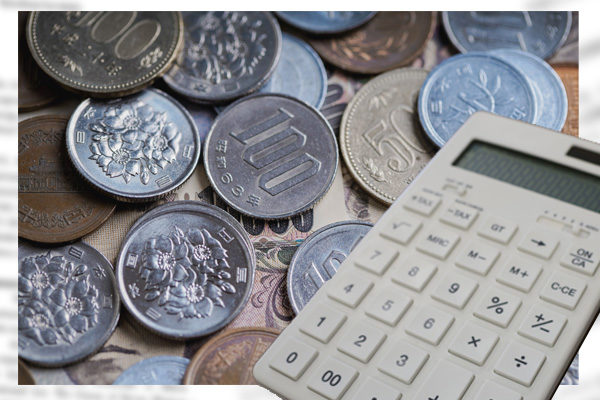Due to the rise in food and energy prices, the overall price index remains high, with an increase rate in the mid-3% range, exerting a great burden on consumers.
Food price hikes have mainly resulted from cost-push inflation driven by rising import prices, along with Japan’s low food self-sufficiency rate. Cost-push inflation is worsening people’s living conditions as real wage growth continues to lag behind inflation, while boosting government tax revenue and contributing to public finance improvement.
In other words, the consumption tax on recently soaring food prices imposes a double burden on the public, as they face both rising costs and taxation, while for the government, it provides a bonus revenue increase. The government should refund the extra tax revenue to consumers in order to secure public confidence in its policies.
Tax revenue should increase on economic growth
Nevertheless, the leadership of the ruling Liberal Democratic Party stubbornly refuses to cut the consumption tax for the reason that there are no financial resources to cover the cut. However, financial resources can be generated by economic growth.
If the consumption tax rate on food is reduced to zero, about 5 trillion yen in tax revenue will be lost. On the other hand, unless policy is misguided, tax revenue will increase in line with economic growth. As cost-push inflation is expected to decline gradually, demand-pull inflation is assumed to approach the Bank of Japan’s price stability target of 2%. In that case, a nominal economic growth rate of 2-3% and a tax revenue increase of 4-6% will be fully achievable.
If this is the case, with tax revenue for fiscal 2025 estimated at approximately 78 trillion yen, a tax revenue increase of 3-4.5 trillion yen can be expected in fiscal 2026. If this trend continues for two years, the 5 trillion-yen loss in tax revenue will be fully covered. All of this assumes the continued implementation of consistent growth-oriented policies. The consumption tax cut itself is important for growth.
In fiscal 2026, a tax revenue increase may not fully cover the consumption tax cut. Then, the government should not hesitate to issue deficit-financing bonds to cover shortfall. Some insist that fiscal discipline cannot be maintained if the issuance of government bonds increases. However, as long as the nominal economic growth rate exceeds an interest rate on government bonds, outstanding government debt as a percentage of nominal gross domestic product will decrease, allowing public finances to continue to improve.
If issuing government bond must be avoided at all cost, there is room for creative solutions, such as transferring surpluses from various government funds or interest from foreign bonds managed by the Foreign Exchange Fund Special Account into the general account.
The current 8% tax on food is too high
Japan’s consumption tax rate on food is 8%, the highest among the Group of Seven major industrial countries. Given that food is the most fundamental necessity for people’s lives, this tax rate is too high. In addition, the Engel’s coefficient (food costs’ share of consumer expenditure), which measures the level of poverty, is over 28% in Japan, the highest among the G7 countries. The lives of middle- and low-income earners in Japan are difficult. Policies should respond to the real needs of the people.
Etsuro Honda is a member of the Planning Committee of the Japan Institute for National Fundamentals and a guest professor at the Kyoto University Graduate School of Management. He formerly served as adviser to the cabinet, advising then Prime Minister Shinzo Abe for the success of Abenomics.


